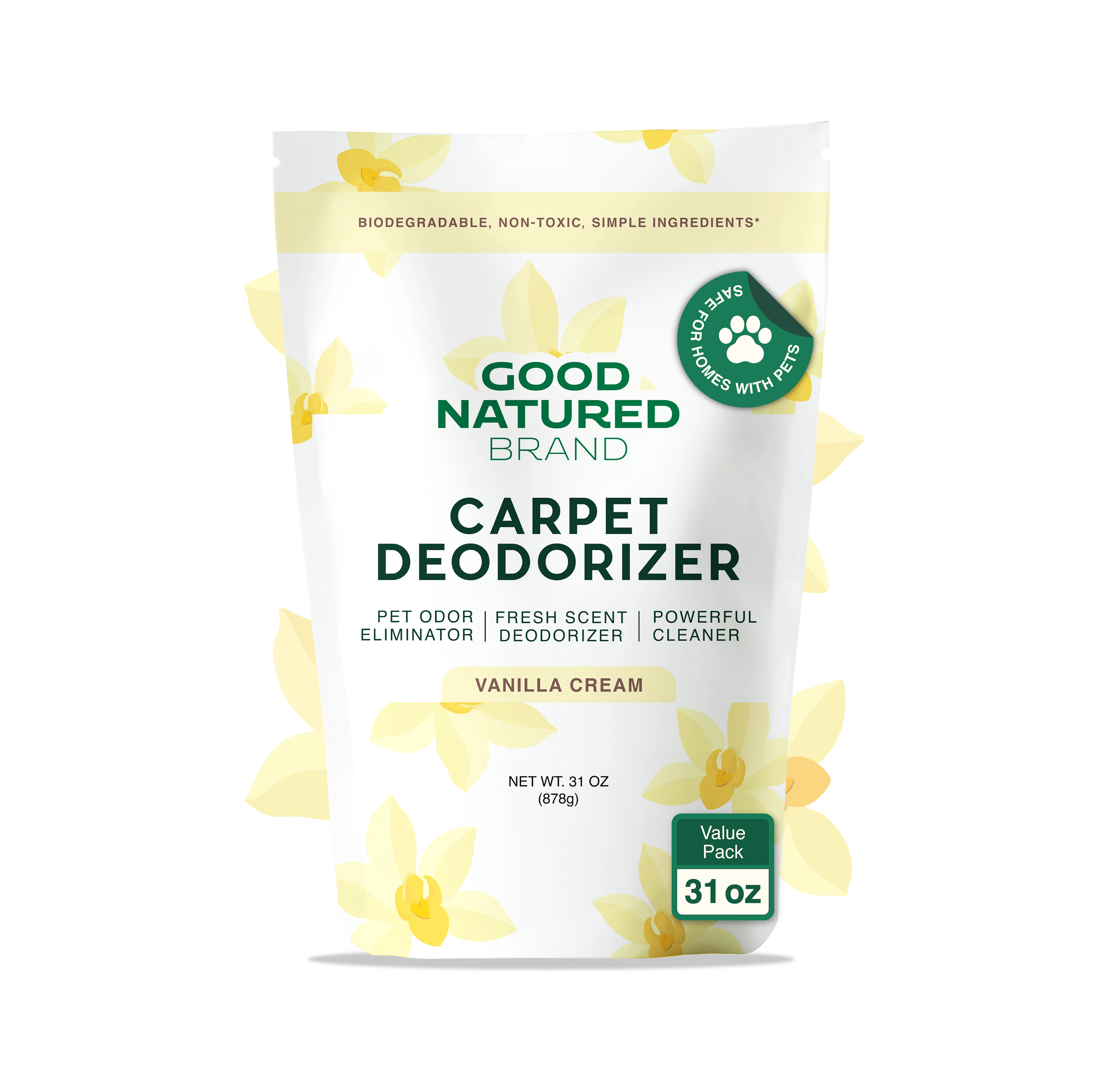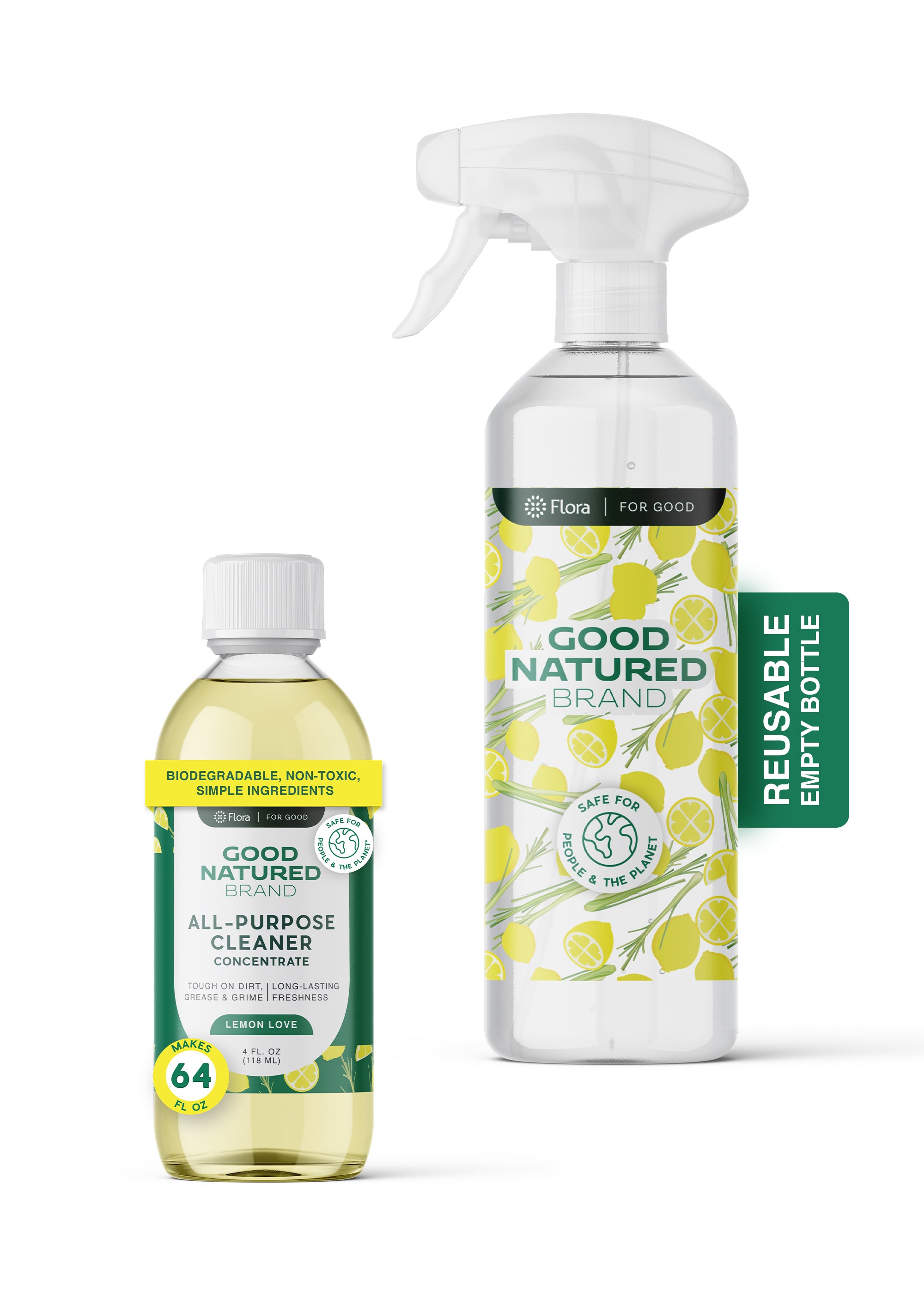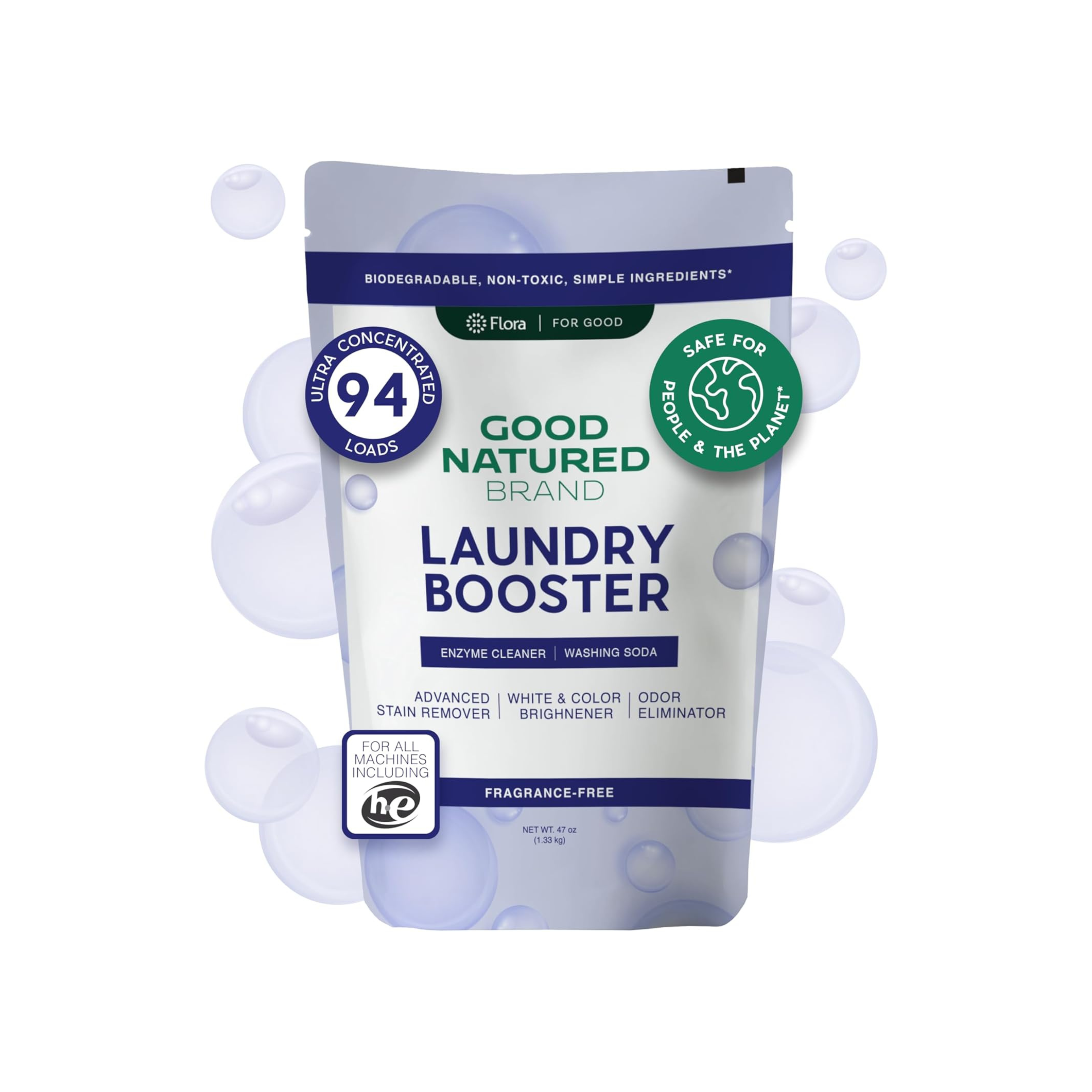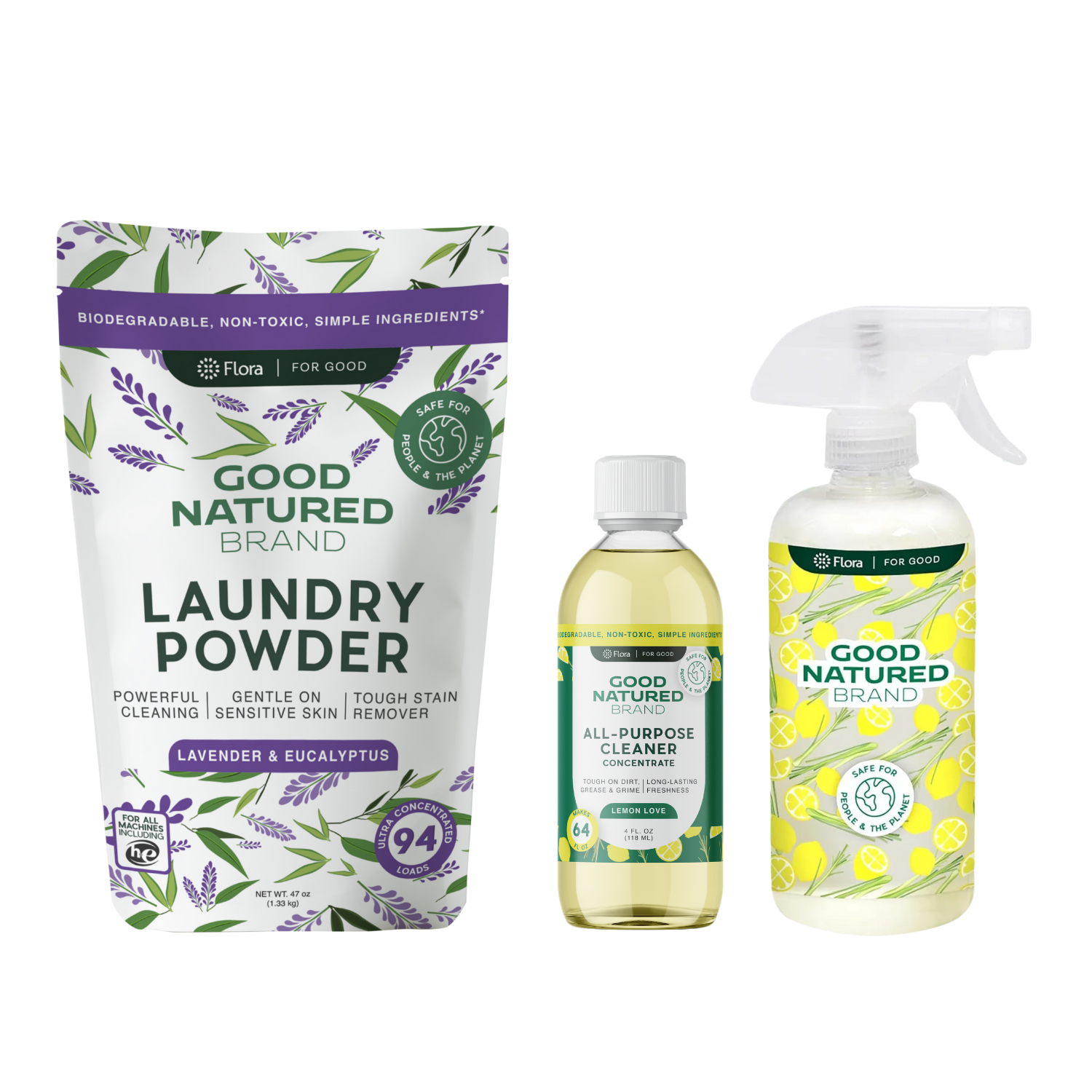Cats are famously independent, but that doesn’t mean they can’t learn practical and life-enriching behaviors. In the YouTube video “Teach Your Cat Their Name And To Come” from the channel Cat School Clicker Training, Julie—the cat teacher—explains an effective, positive-reinforcement method for teaching cats to recognize their name and reliably come when called.
In this blog, we’re diving into her full process, breaking down the techniques, phases, and expert tips that any cat parent can use at home. Whether you’re training a tiny kitten or a senior cat, this method creates a fun bonding experience that strengthens trust.
While you’re creating a comfortable and enriching environment for your pet, don’t forget to keep your home fresh and clean using our pet-safe Carpet Deodorizers, plant-powered Laundry Powders, and gentle All-Purpose Cleaners. A clean home makes training more enjoyable for both you and your feline friend.
Explore more pet-friendly tips and home-care guides on our main page and blog.
Why Teaching Your Cat Their Name Matters
Unlike dogs, cats don’t naturally respond to verbal cues—but they do learn through associations. Cats quickly pick up on sounds like a food bag rustling, a cupboard door opening, or treat jars shaking. This natural ability is the foundation of name training.
Teaching your cat their name has major benefits:
-
Strengthens communication
-
Improves safety in emergencies
-
Makes vet visits and home care easier
-
Encourages positive interactions
-
Builds trust and engagement
Julie’s approach focuses entirely on positive reinforcement, making training enjoyable and rewarding.
Building a Positive Name Association
The first phase of training is what Julie calls The Name Game, designed to teach your cat that hearing their name means something good is coming.
Here’s the core method:
Say your cat’s name → Deliver a treat immediately → Wait for your cat to become distracted → Repeat
This simple pattern builds a powerful association. The cat learns:
Name = Reward = Happiness
Julie emphasizes one critical rule:
Always say the name before reaching for or showing the treat.
If the cat sees the treat first, they will focus on your hand—not the word you’re trying to teach.
Look for these signs of success:
-
Quick head turns
-
Ears perked
-
A “happy tail”
-
Immediate attention upon hearing their name
If your cat shows little interest, don’t worry. Julie recommends strengthening food motivation, adjusting the environment, or experimenting with more appealing, high-value treats.
Increasing the Challenge With the Ping Pong Kitty Game
Once your cat responds consistently to their name at close range, it’s time to boost recall skills. Julie introduces a dynamic method called Ping Pong Kitty—a playful game designed to associate their name with approaching you from further away.
Here’s how it works:
-
Toss a treat away from you so your cat has to walk or run toward it.
-
As soon as they turn back toward you, say their name.
-
When they come, reward them with another treat.
-
Repeat while gradually increasing distance.
This technique teaches your cat that “coming when called” is valuable and fun, even when food appears elsewhere.
Over time, your cat will trot or sprint toward you just from hearing their name.
Training Your Cat to Come in Real-Life Situations
To make recall reliable, Julie moves training into more distracting spaces—like hallways, doorways, or areas with windows. This step prepares your cat for the challenges of real-world environments.
Her biggest advice:
Only call your cat when you’re confident they will respond.
If your cat ignores their name too often, they may learn that responding isn’t necessary. By controlling the environment and distractions, you set them up for success.
Gradually, you can increase distractions:
-
Other pets
-
Background noise
-
Open doors
-
Playtime stimuli
-
Visitors
Training in brief, positive sessions keeps your cat engaged and willing.
Encouraging Recall Without Visible Treats
Many cats respond only when they see food—but long-term recall requires cats to listen to verbal cues even when you’re not holding a treat. Julie suggests:
-
Keeping treats hidden in pockets
-
Rewarding good behavior randomly throughout the day
-
Keeping recall unpredictable but positive
-
Spending one-on-one time with each cat for name training
-
Teaching a “group name” to call multiple cats at once
These strategies help maintain motivation and excitement, without making your cat dependent on seeing treats first.
And if your cat looks at you but doesn’t move?
Use short, repeated sounds before or after saying their name to encourage motion. These sounds act as “boosters” to help them make the transition from attention to movement.
Using Clicker Training to Strengthen Recall
Julie also recommends integrating a clicker to help mark the exact moment your cat gives the correct response—like turning their head, making eye contact, or taking that first step toward you.
Click → Reward
This builds clarity and confidence.
You don’t need to give treats every time, but something good should always follow a recall cue:
-
Praise
-
Playtime
-
Petting (if your cat enjoys it)
-
Warm interaction
The goal is to ensure the name always predicts something pleasant.
Avoiding Negative Associations and Common Mistakes
Name training should always be joyful—not stressful. Avoid calling your cat:
-
To scold them
-
To stop something fun
-
For unpleasant tasks (like medicine)
-
When you know they won’t respond
Negative association is one of the fastest ways to undo all your progress.
Instead, create a world where your cat wants to come to you—because it always leads to comfort, fun, or affection.
Why Training Your Cat Should Be Fun
Julie ends the video with an encouraging message:
With patience and consistency, every cat can learn their name and master recall.
Training isn’t just about teaching commands—it’s about building connection. It’s a playful, rewarding activity that strengthens your bond and enriches your cat’s life.
As you train, keep your home environment clean and inviting for your pets. Many cat owners use our naturally derived Carpet Deodorizers, gentle Laundry Powders, and non-toxic All-Purpose Cleaners to maintain fresh, safe spaces where pets can play, explore, and learn.
For more guides like this one, visit our blog.


















